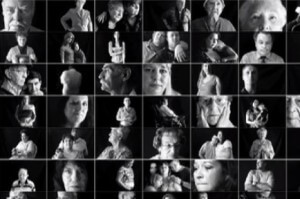Anyone who cares about journalism should read Al Tompkins’ post examining the innovative storytelling techniques that empowered the Las Vegas Sun series “Do No Harm,” a project by reporters Marshall Allen and Alex Richards. The reporters analyzed 2.9 million hospital records that revealed systematic, preventable errors at the local healthcare system. They found more than 300 patients who died from mistakes in 2008 and 2009 that could have been prevented.
 Rather than rely on anecdotal sob stories that would be dismissed as scare-mongering by hospitals, the reporters used reader-friendly multimedia presentations to make the data come alive and show, in a powerful way, the scope and human toll of the problem. Thanks to the project, Tompkins writes, six pieces of legislation have been filed in the Nevada Legislature to reform and bring more transparency to the hospital system.
Rather than rely on anecdotal sob stories that would be dismissed as scare-mongering by hospitals, the reporters used reader-friendly multimedia presentations to make the data come alive and show, in a powerful way, the scope and human toll of the problem. Thanks to the project, Tompkins writes, six pieces of legislation have been filed in the Nevada Legislature to reform and bring more transparency to the hospital system.
Read more: What’s Evernote for? How about making a vast, searchable archive of all your files
The project took two years — an eternity in journalism time. But it still offers important lessons for journalists. We’re no longer chained to simply telling a story with an 80-inch news article and a few pictures and graphics. We can use the Internet to let readers look over our shoulders and check out the raw documentation and data and videos for themselves. One of the most creative things the Sun did was make it incredibly easy for readers to offer feedback:
When the stories started running, the paper’s phones rang off the hook. Rather than let the calls fall into the digital abyss, the team edited some and provide a sampling of the public’s reaction. They also posted reader reaction to the website, allowing people to share their personal experiences with Vegas-area hospitals.
Marshall Allen invited readers to share their stories using an easy online form.
Because of these storytelling techniques, the project was impossible to ignore. It could prompt change — and save lives.



